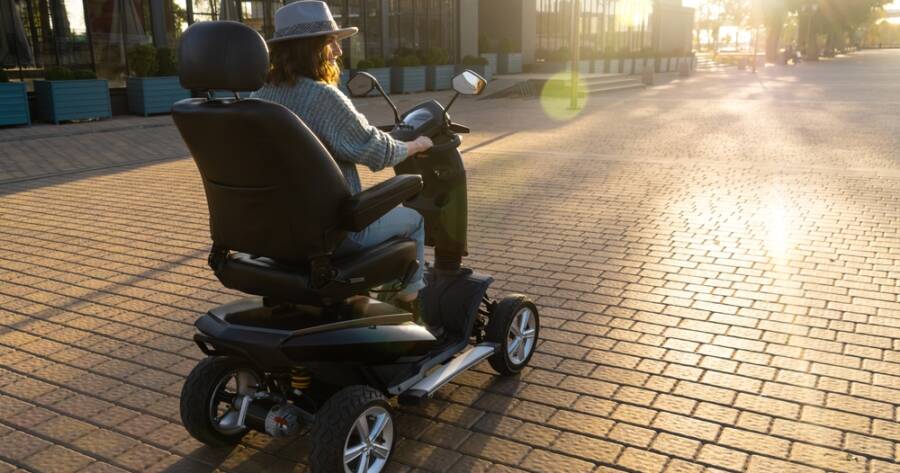Medicare’s coverage for powerchairs under Part B offers essential support for those with significant mobility challenges. Qualification requires a comprehensive medical assessment and stringent adherence to guidelines. Understanding the criteria, financial aspects, and necessary steps ensures beneficiaries can effectively secure vital mobility aids essential for enhancing life quality and independence at home.
Understanding Medicare Coverage for Powerchairs
Medicare provides coverage for powerchairs under certain conditions. Primarily, this coverage is offered through Medicare Part B, which encompasses durable medical equipment (DME) needed for home use.
To qualify, an individual’s primary care physician must establish that a powerchair is medically necessary. The determination of necessity involves a comprehensive face-to-face examination, which precedes the prescription of the device in compliance with Medicare guidelines.
Steps to Qualify for a Powerchair
To embark on the process of obtaining a powerchair through Medicare, the first step involves attending a thorough face-to-face consultation with a doctor. During this consultation, the doctor assesses whether alternative mobility aids such as canes, walkers, or manual wheelchairs can suffice. If these are deemed inadequate due to severe mobility restrictions within the home, the doctor may issue a prescription for a powerchair to address these restrictions.
A vital factor for receiving Medicare coverage is the necessity of the powerchair for daily activities within the home setting. Medicare will not cover mobility devices if the mobility issue is primarily outside the home. This criterion ensures that coverage is strictly aligned with enhancing the individual’s quality of life and independence at home as part of their basic policy structure.
Financial Aspects and Coverage Details
Medicare’s coverage for powerchairs under Part B typically involves paying 80% of the costs, post the Part B deductible. This coverage may be supplemented by Medigap or Medicare Supplement plans, which can assist with out-pocket-expenses like copays or deductibles. These supplemental plans, however, might require an additional premium to extend benefits and ease financial burden.
Medicare Advantage plans also offer similar coverages akin to Original Medicare, covering powerchairs as DME when qualified through necessary processes to ensure adequate support for mobility needs.
Obtaining and Using a Powerchair
After the doctor’s prescription is issued, several key steps follow: the provider must verify the home setting can accommodate a powerchair, ensure the prescription is sent to the appropriate supplier, and address any requirements for prior authorization. Once these steps are completed, the supplier delivers the powerchair and trains the recipient in its use to guarantee safe and effective operation.
Suppliers must be Medicare-approved to avoid coverage issues, and for beneficiaries of Traditional Medicare, procurement might need to use specific suppliers. This is part of Medicare’s Competitive Bidding Program, which regulates suppliers to control costs while ensuring quality equipment is accessible for home mobility.
Why You Should Learn More About Medicare’s Coverage of Powerchairs Today
Understanding Medicare’s coverage for powerchairs can significantly aid those facing mobility challenges at home due to medical conditions. By grasping the qualifications and processes involved, beneficiaries can ensure they receive vital equipment that enhances their quality of life.
Investigating further into detailed requirements and financial assistance options can better prepare individuals and caregivers for the path toward securing necessary mobility aids. As mobility limitations are addressed, the possibility of increased independence and improved lifestyle arises, impacting both the individual and their support network positively. Explore detailed guidelines to benefit from Medicare’s provisions effectively.

